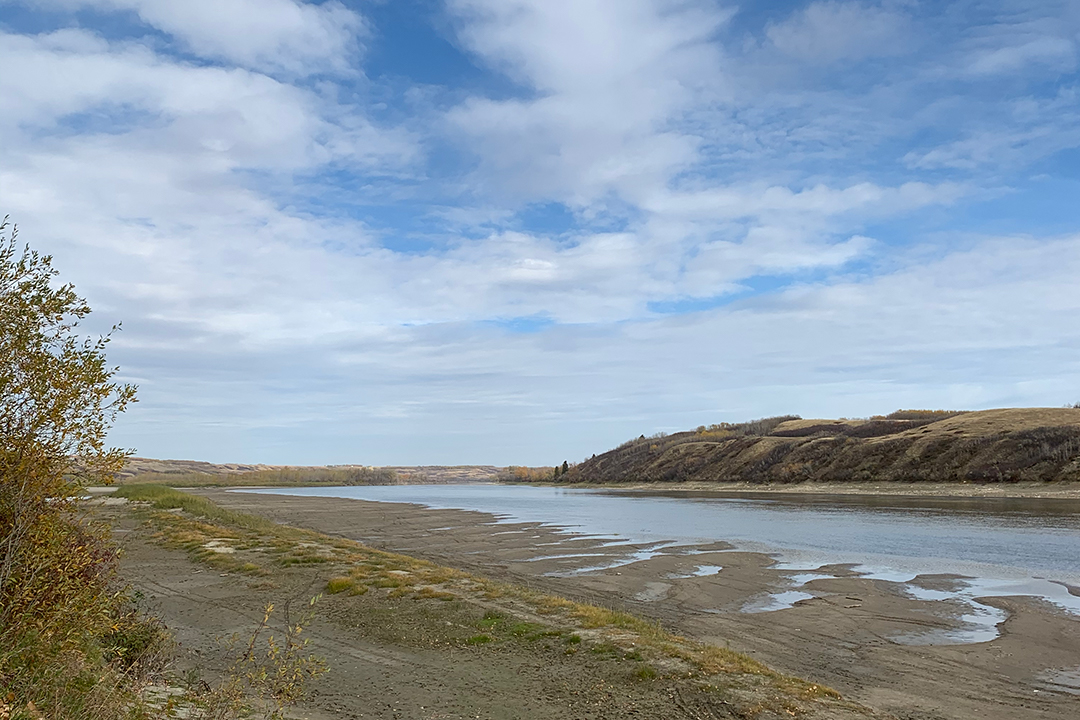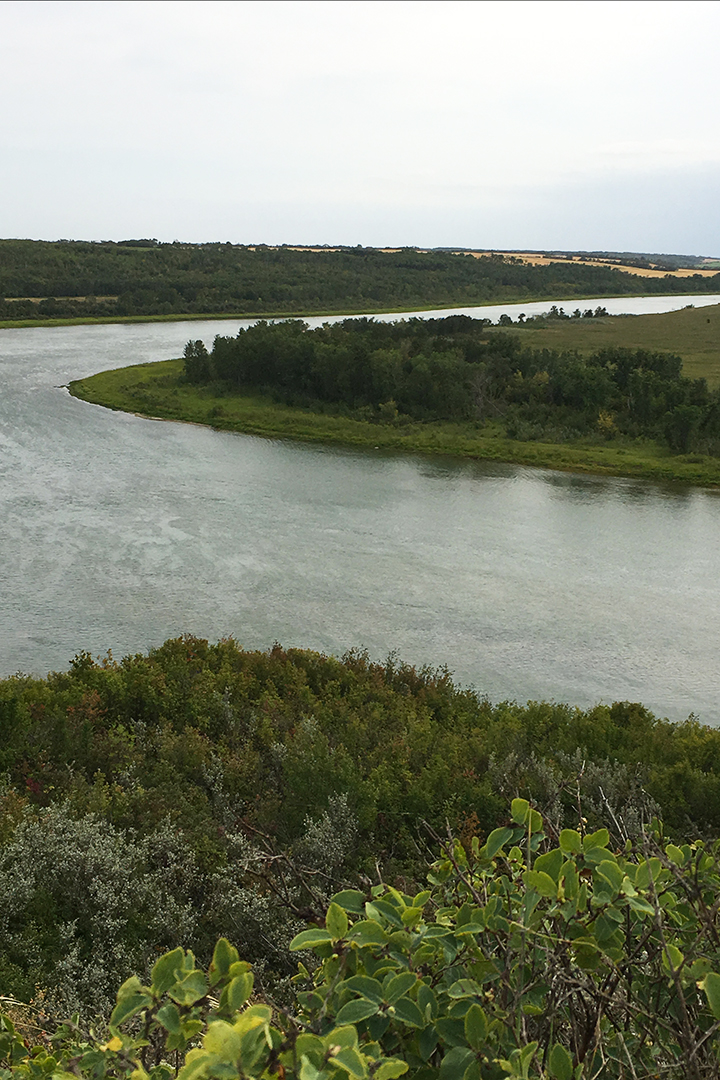
‘Water’ we doing to our water?
We all need water — we need it to bathe, to clean, to drink and to live our lives as we have for years. Yet our freshwater supply is in peril, and our relationship with water is changing.
By Raylene HartlFactors such as pollution, climate change and invasive species directly affect water quality. People and their actions are changing the way that human populations live and interact with water.
One of the largest disruptions is pollution, which includes anything and everything that wouldn’t naturally be in the system. Pollution can include excess sediments, agricultural runoff, wastewater, plastic and more.
But things run off and fall into streams, lakes and rivers all the time, so what makes this different? The big difference is that pollution isn’t natural. Most ecosystems have a limit to how much of one pollutant that they can handle, and large amounts of human pollution tend to be beyond that natural limit.
Pollution affects the water quality for human use as well as its use for other living things. In many countries and regions, people have the luxury of relying on water treatment plants that filter out most pollution. Other organisms don’t, which means they can be affected in several diverse ways.
- When exposed to pharmaceutical products in wastewater, certain fish and amphibians can change sex.
- Agricultural runoff contains fertilizers that can cause large growths of toxic cyanobacteria — commonly known as blue-green algae. Algal blooms that occur from fertilizer runoff lead to a large loss of oxygen in water bodies. When algae dies, the decomposition process uses the oxygen in the water. The lack of oxygen in water causes fish and other aquatic organisms to suffocate and die in mass numbers.
- Nutrient pollution reduces the ability of freshwater snails and other aquatic species to detect predators.
- Industrial wastewater contains many harmful chemicals that can harm organisms living in the water and be toxic to animals who drink the water.
- Plastic pollution can be mistaken as food for many aquatic animals, and in turn, these effects alter the way aquatic systems function.
Water treatment becomes more difficult and more expensive with pollution. Pollutants are difficult to filter and treat, and they degrade our water quality. If we want our water quality to remain acceptable, then treatments must be expanded to handle the incoming pollution — and more comprehensive water treatment processes mean there’s an increased cost on the public.
Still, aquatic systems have an incredible ability to filter and clean the water we need. Wetlands are the environment’s natural filtration system, and they have an extraordinary capacity.

Many plants in wetlands can take in and hold many types of pollution. Cattails are one of the most abundant wetland plants and act as amazing natural filters. These simple plants take in pesticides, excess nutrients, heavy metals, and poisons such as arsenic. They’re capable of filtering out some of the chemicals that we haven’t been able to address ourselves.
Cattails aren’t alone in their effort to purify our freshwater: reeds, rushes and sedges also filter out pollutants in surface water.
Some research teams have been developing ways to use cattails and wetland plants as natural filters. For example, scientists are studying the use of floating cattail rafts where the plant grows in the water rather than on the shorelines. The cattail roots take in pollutants from the water under the floating raft, cleaning the water. By harvesting the cattails, any toxins they absorb are permanently removed from the water.
But unfortunately, human populations are draining more wetlands than ever. For example, municipalities drain wetlands for space and development while farmers drain them to make room for crop production.
Because of these activities, wetlands don’t get the opportunity to naturally filter water before it enters lakes and rivers. Pollutants that would usually be filtered by wetlands are now entering the water we drink.
The loss of wetlands also means that rainwater has no place to go, so floods are occurring in other areas. This situation is happening in Quill Lake — a small farming community in northeast Saskatchewan where people are losing their land and homes to flooding.
We need a call to action to protect water. Governments at all levels need to work together to manage and protect our freshwater resources.
With an up-close perspective, local governments are a key factor in water protection. Municipal governments can protect water through land use planning, zoning, and legislation enforcement.
Local governments and organizations can work together to educate the public. Local groups such as the Partners FOR the Saskatchewan River Basin have educational resources available as well.
Provincial governments need to provide support by making and implementing protective measures. The provinces must also support local governments in implementing and enforcing legislation.
Provinces must collaborate to protect the entirety of the watershed. Watersheds cross provincial borders and need collaboration in their protection.
On a national level, the federal government can protect water across the country and provide support for provincial and municipal governments through some of the following avenues:
- providing resources for research, assessments, and data collection
- creating a communication system between upstream and downstream communities to respond to contamination
- fostering constructive relationships between groups, provinces and territories to manage water resources and share information
- creating a national collaboration system to focus on protection of water quality
- improving resiliency for floods and droughts at the provincial and municipal levels
Water protection is a multi-level, multifaceted problem that requires a cohesive effort to manage effectively.
Raylene Hartl of Saskatoon, Sask., is a master’s student studying biology at the University of Saskatchewan.
